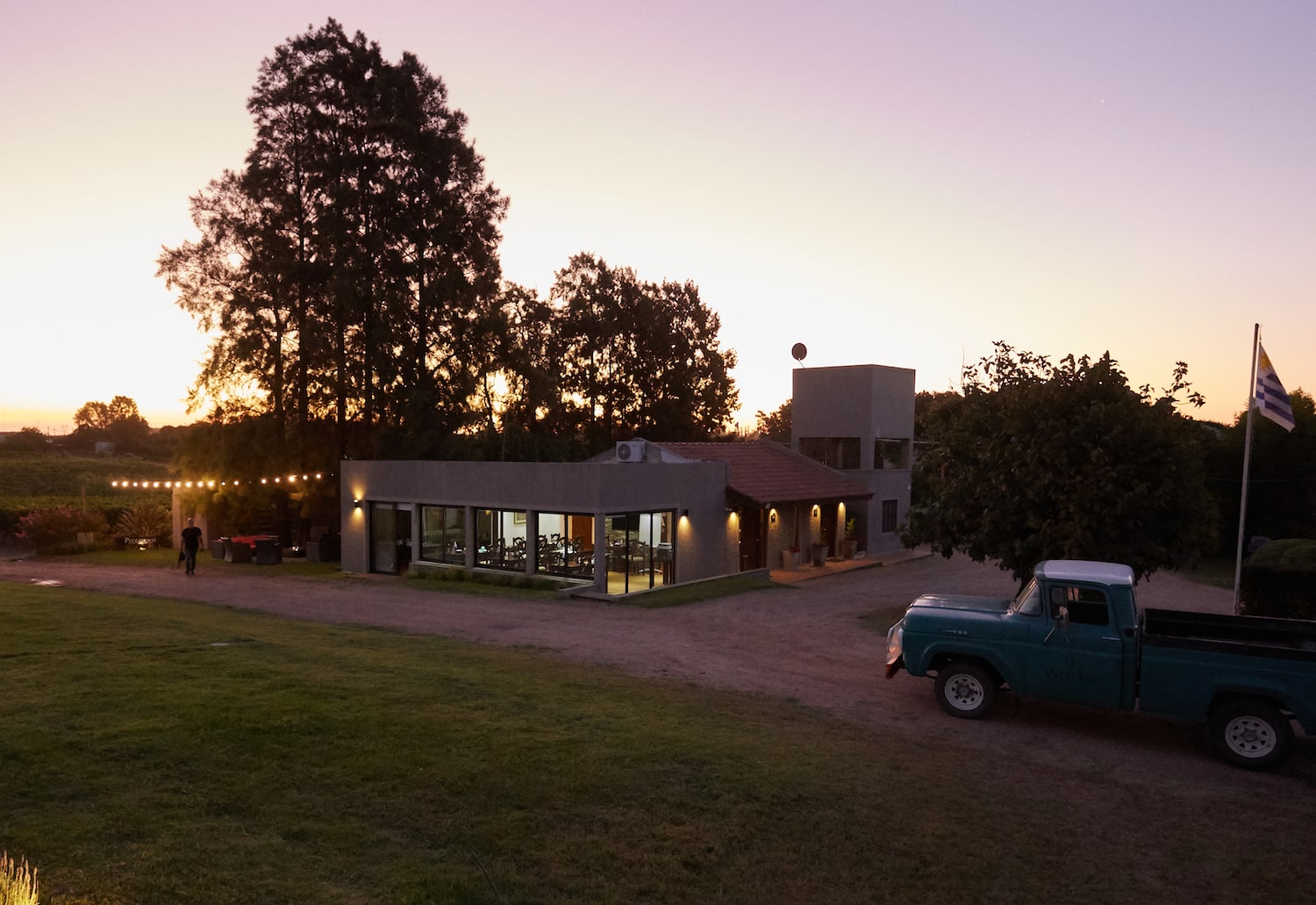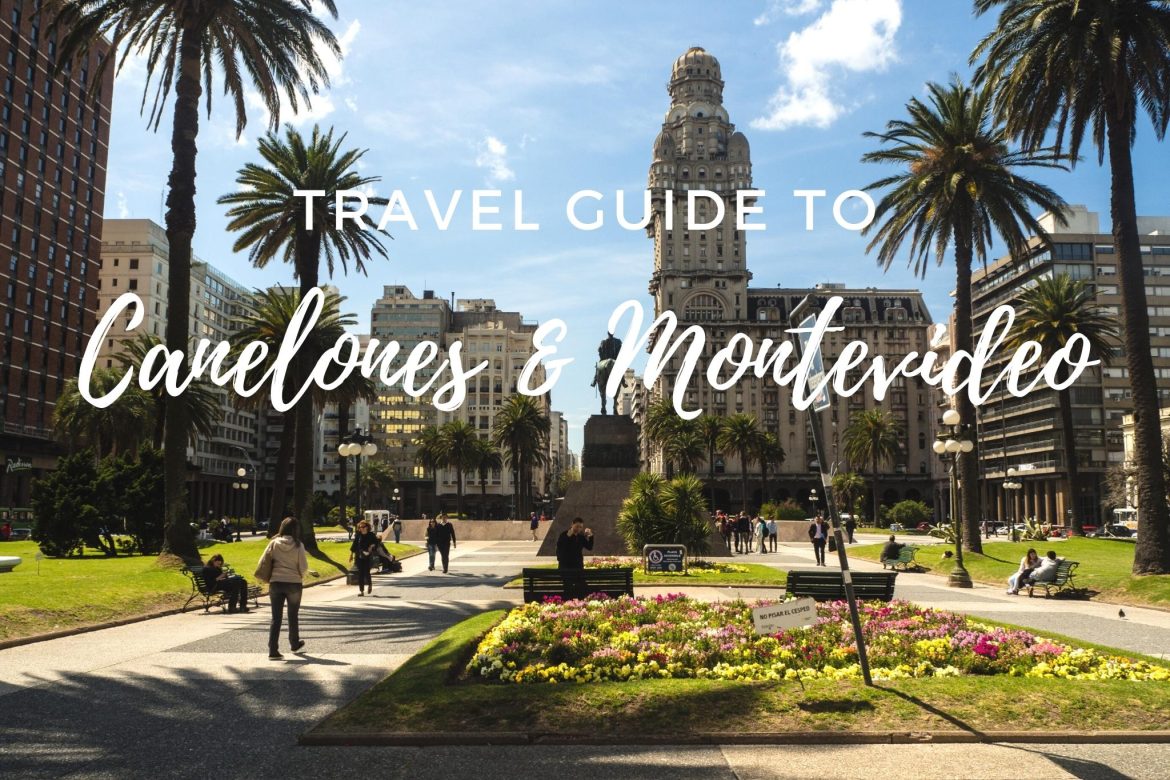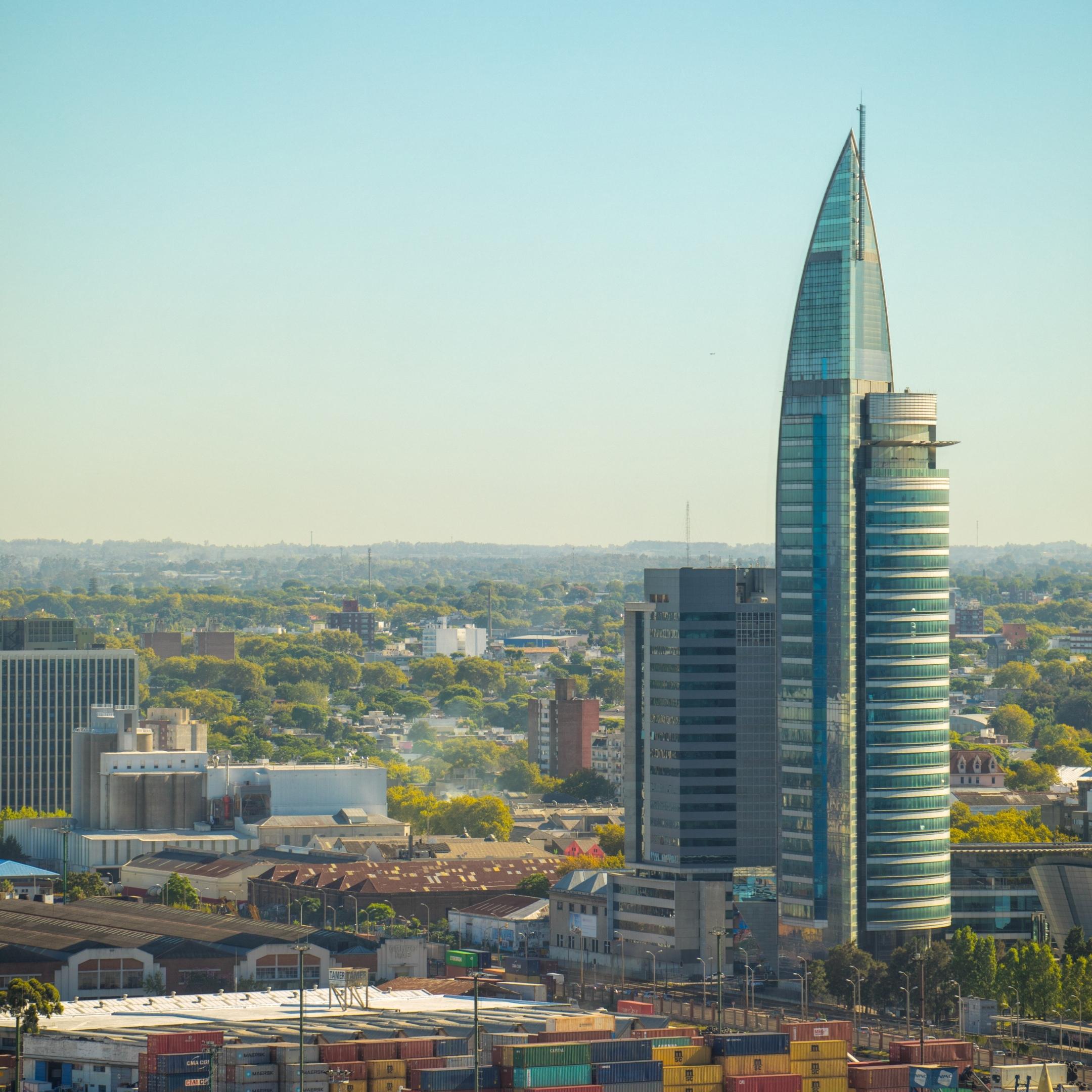Canelones is Uruguay’s main wine region and it is right on the doorstep of the country’s capital, the buzzing city of Montevideo. Get the travel essentials for visiting these two memorable Uruguayan destinations in our travel guide to Canelones and Montevideo.
How to get around Montevideo & Canelones
Montevideo
Within Montevideo, buses are plentiful and fares can be paid in cash. Taxis are also reasonably easy to summon in the street, and Uber is also available; although walking is also perfectly pleasurable in a city of this size.
Canelones
To get around Canelones, look into a rental car, chauffeur-driven car or join a wine tour (try Wine Explorers or Borravino Wine Tours).
Where to eat & drink
 Montevideo
Montevideo
There are a feast of restaurants in Montevideo. Some of my favourites include Primuseum (Pérez Castellano 1389, Old Town), which offers tango with steak on the side; Alquimista (Avenida Bolivia 1323, Carrasco) — a B&B-turned-restaurant tucked away in a handsome old house serving innovative contemporary cuisine; and the fantastic fish restaurant Es Mercat (Colón 1550) right by the port. The Mercado del Puerto should also be on every carnivore’s bucket list. Visit the bustling market at lunchtime and your eyes will water at the sight of so much asado (BBQ) — and that’s before the smoke hits.
As far as wine bars go, Madirán (Mercado Ferrando) is one of my favourites, with an eclectic list served in a hip, urban market, and Montevideo Wine Experience (Piedras 300, Old Town) offers much more than just wine by the glass — including tutored tastings and late night live music.
Canelones
In Canelones, I’d recommend eating at the winery restaurants or at Lo de Porro (Batlle y Ordóñez 664, Las Piedras) — a typical bar of yesteryear, where wine is served by the jug and pasta is freshly rolled each day.
Learn all about Canelones & Montevideo wine regions in our full guide!
Where to stay
Montevideo
The grand dame of the city is Sofitel Montevideo (Carrasco) with its Belle Époque architecture and opulent suites on the beachfront, and an excellent restaurant too. Casa Sarandi (Buenos Aires 558, Old Town) is a characterful B&B with top tips and insider information from expat owner Karen.
Canelones
There are a handful of new lodges opening at wineries in Canelones, and the pioneer was Pizzorno with their cosy wine cabins among the vines.

Wine Festivals in Uruguay
There is no bad time to visit, but you might want to time your trip around some of the popular wine festivals. The Fiesta de la Vendimia always happens at the beginning of March and wineries offer special tastings and events, while Las Piedras becomes a hub for tastings, music and the all-important election of the harvest queen. Tannat Day (14 April) is often a busy day in wineries with special tastings. The Tannat & Lamb Festival (June) happens in winter and usually lasts a month with special lamb and Tannat pairing menus in wineries around Uruguay.
The Noche de San Juan (23 June) is a national festival celebrated around the country, but it is always accompanied by lots of wine, hearty food and bonfires, and the wineries usually have special events too. The Festival de la Poda (August) celebrates the time to prune in the vineyards, which might seem like an odd choice, but I’m in favour of any excuse to drink wine and eat hearty food — and that’s what this festival is all about! Wineries have tailor-made winter menus and tastings for the weekend. The Dia del Enoturismo (November) is the last official wine event of the year, celebrating wine tourism, and most wineries get involved, with special tastings, events and tours during the week leading up to it.
Want to know more about Canelones, Montevideo, and the wine regions of Uruguay?
ORDER YOUR COPY of The South America Wine Guide now!
E-book AVAILABLE ONLINE too.
Check out our other Uruguay guides:
- Travel guide to Maldonado
- Travel guide to Uruguay
- A guide to Canelones and Montevideo wine regions
- A guide to the wine regions of Central & Northern Uruguay
- The ultimate tortas fritas recipe


